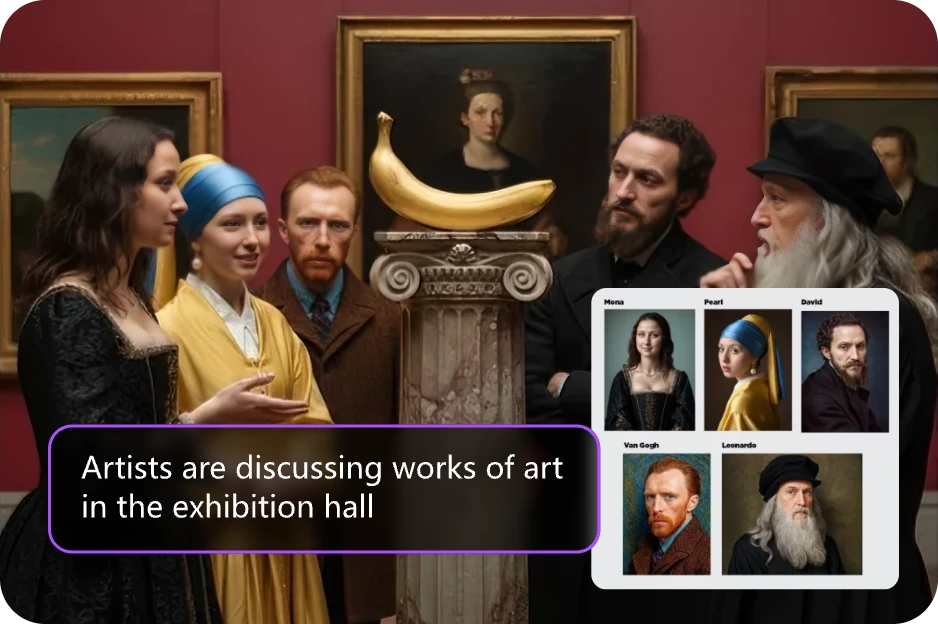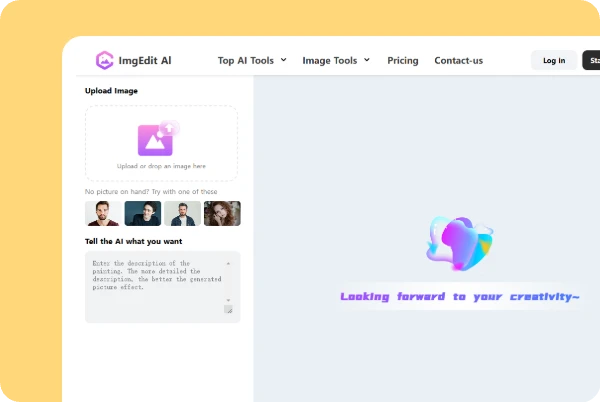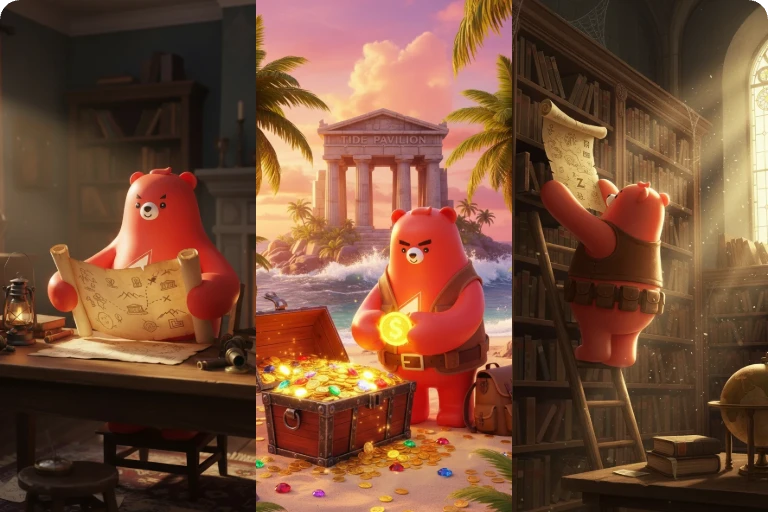For decades, photo editing was thought of as a technical craft. The process involves continuously adjusting sliders or layering masks either in the darkroom or in Photoshop, and learning tricks that only seasoned professionals could grasp. Each modification required time, patience, and skill, which most people could not spare.
However, editing in 2025 is completely different. AI has made it such that imagination and creativity are prerequisites to being a decent photo editor. This transformation has opened doors for everyone – professionals, businesses, and everyday creators alike. And at the centre of this change is Nano Banana AI, Google’s newest editing model.

A Short History of Photo Editing
Photo editing has always evolved with technology; however, the pace of change in the last few years has been quite unprecedented, to say the least.
At first, photographers used darkrooms, chemicals, and physical manipulation of negatives to correct exposure or retouch details (dodging and burning techniques). These skills were difficult to master, so only professionals were up to the challenge.
Not long after, the digital revolution of the 1990s and 2000s brought photo editing into the mainstream with software (like Adobe Photoshop). These newly found tools (in the 1990s and 2000s) introduced layers, masks, and filters in place of the former techniques. The possibilities of photo editing expanded as a result, but this also required patience, training, and spending hours in front of a screen.
By the late 2010s, AI found its place in the photo editing world. It started as neural filters and automated adjustments for smoothening the skin, brightening the skies, or removing blemishes in seconds. It took significantly less time (compared to Photoshop or darkrooms). However, the results were absurd and unrealistic sometimes, because the technology was still in its early (testing/training) stages.
The real turning point was from 2022 to 2024, when generative AI tools like DALL·E, MidJourney, and Stable Diffusion drew the world’s attention by creating images from text prompts alone. Yes. They opened new creative horizons, but they struggled when asked to edit real photos.
In 2025, Google introduced Nano Banana AI (Gemini 2.5 Flash Image), a tool for generating images and transforming (editing) existing ones. As a result, human intent (imagination) plus machine intelligence (AI) can now produce results faster and more consistently than ever before.

How AI Is Rewriting the Rules of Photo Editing
The arrival of AI-driven editors has fundamentally changed the rules of how we approach editing as we know it.
From Skill to Accessibility
What once required years of training and specialized software can now be done by anyone with a laptop or phone. AI has lowered the barrier for students preparing for a presentation, small business owners updating their product shots, and even casual creators posting on social media to easily edit their images.
From Single Images at a Time to Multiple
Another key change is scale. Traditional editing focused on fixing one photo at a time. But modern AI editors can easily handle entire libraries (ecosystems). They can apply the same lighting adjustments, background changes, or custom touches to hundreds of images at once.
From Reactive to Proactive Editing
Instead of waiting for a user (editor) to notice flaws, many modern editors can now detect and suggest improvements for the image. This could range from flagging a distracting object in the background to balancing uneven lighting to smoothing out colour tones.
From Local to Cloud Storage
Finally, editing is no longer confined to enormous desktop programs. These tools and your work (edits) are available in the Cloud, and you can access them anytime on your mobile devices (e.g., phones, tablets, or laptops). By implication, teams can now work together (to review and approve edits) in real-time, without the hindrance of file transfers, jam-packed workflows, or long distances.

How is Nano Banana AI Different from Its Counterparts?
1. Google’s Reputation
Nano Banana AI was created by Google as a part of the Gemini ecosystem. It is not an experimental side project; it is a flagship editing model designed for real-world use.
2. Editing-First Design
Many AI tools for photo editing can generate images from scratch, but they struggle with existing photos. Nano Banana AI, on the other hand, can edit existing photos just as easily.
3. Multi-Image Fusion
One of its most commendable features is the ability to maintain consistency across multiple photos (e.g., a person’s face in a portrait series or a product line in an e-commerce catalogue). Nano Banana keeps the details uniform.
4. Prompt-Based Local Edits
Users can describe what they want in natural language—such as “brighten the subject but keep the background dim”—and Nano Banana edits accordingly, without the need for technical adjustments, unless you prefer to.
5. Built-In Trust Layer
Every photo edited by the tool is tagged with Google’s SynthID watermarking technology to indicate the use of AI.
6. Balanced Positioning
With Nano Banana AI, everyone benefits. How?! The tool is simple enough for casual creators to navigate, efficient for professional editors to fine-tune manually (when they need to), and scalable enough for businesses that prioritize batch image processing capabilities.
Ethics, Trust, and Challenges
Regardless of the positive impact AI has had in photo editing so far, its capabilities also raise reasonable questions about its authenticity and responsible use. You might wonder: If an image can be altered seamlessly, how then can we trust what we see? More so, what safeguards exist to prevent misuse?
Nano Banana AI was built with these concerns in mind. Every edit produced through Google’s Gemini 2.5 Flash Image model carries an invisible SynthID watermark—a digital signature embedded directly into the pixels. Note, however, that this watermark does not disfigure the image’s appearance. Instead, it allows platforms, publishers, and even end users to verify that AI assistance was involved.
Even with these, some challenges still linger. There is also a possibility for human skills to decline. Particularly in the next generation of photographers or designers (who might never get to learn the fundamentals of photo editing).
Limitations and Hybrid Workflows
Although Nano Banana AI is very advanced, it is not a magic wand. Therefore, it is crucial to recognize its limitations to use the tool more effectively.
For example, Nano Banana is arguably the best at batch processing and consistency, but it may not always match the delicate, manual fine-tuning of a professional retoucher working in Photoshop.
This is why a hybrid workflow is highly recommended. That way, professionals can use Nano Banana for heavy lifting, then refine the results with traditional tools. This makes the most of the strength of the AI, as well as the expertise of the human.
The Future of AI Editing
The next wave of photo editing will most likely happen in real time, with cameras and smartphones that are integrated with AI.
Personalized editing models (for unique effects) might also follow, loopholes around the current transparency and ethical guidelines will be discovered and amended, and Nano Banana AI will be positioned as a primary tool for quick editing.
Final Thoughts
From the onset, photo editing has always been about creativity and imagination. The advent of AI editing tools only made it easier, faster, and accessible to everyone, regardless of expertise or location.
